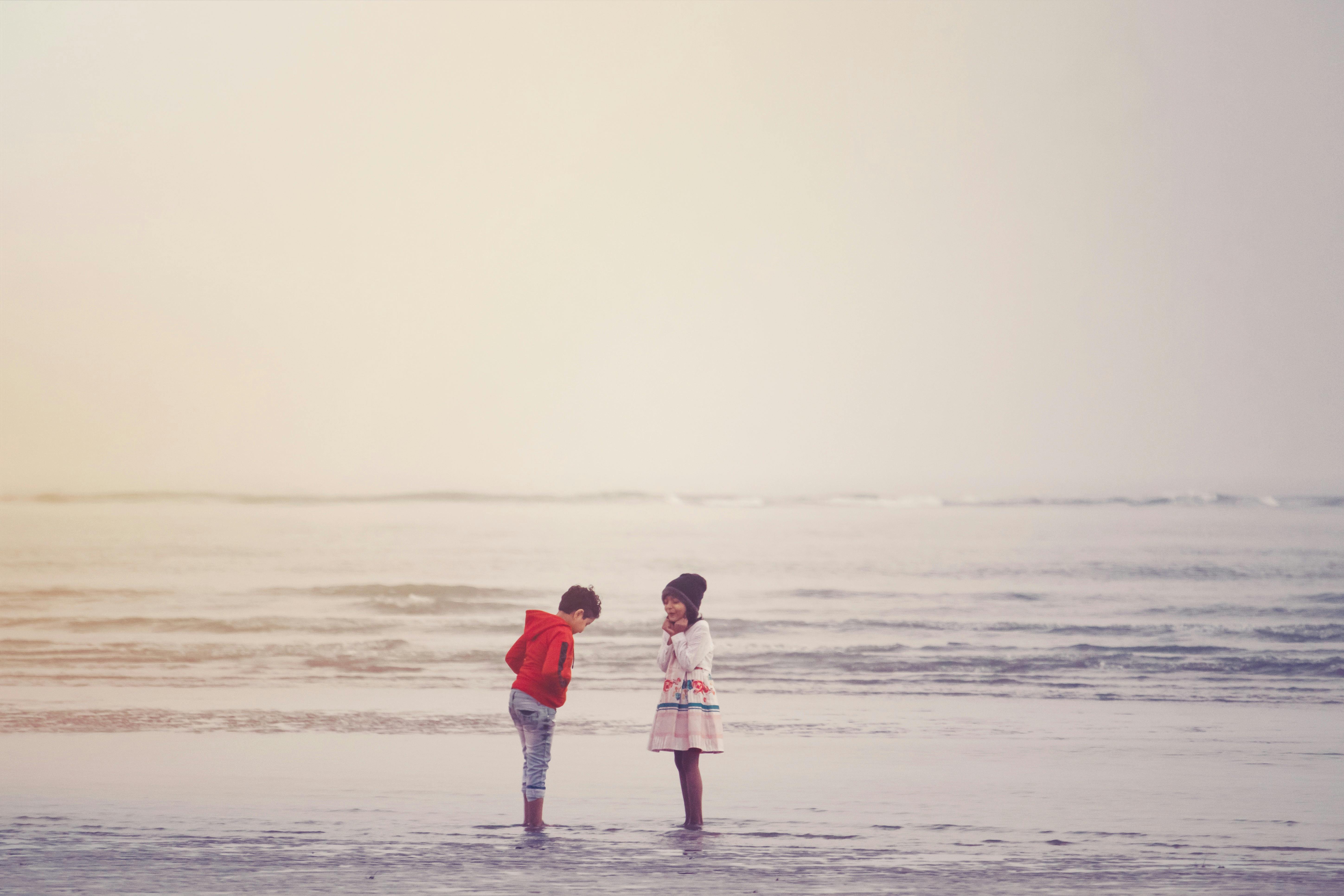Potty training (hereinafter referred to as “potty training”) is an exciting time for parents and children as the child takes the next step in becoming a “big” boy or girl. While parents usually start this adventure full of anticipation that they will be able to cross “diapers” off the shopping list, their young children may have them wondering if this will ever happen.
Successful potty training requires a positive attitude and a lot of patience on the part of the parent. More importantly, it requires cooperation and preparation on the part of the student. Attempting to train a child that is not physical or
Being emotionally mature will not only be unproductive, it will cause unnecessary stress for both parents and young children.
The American Academy of Pediatrics reports that between 18 and 24 months, children often begin to show signs of being ready to start training. Some children may not be ready until they are 30 months or older. Since children younger than 18 months have little or no control over their bladder or bowel movements, it is not helpful to start before this time.
Some of the signs that a child is ready to be trained are:
Your child shows interest in using the bathroom.
Your child makes faces, changes posture, or tells you when he is going to urinate or have a bowel movement.
Your child wants to be changed soon after soiling his diaper.
Your child can talk well enough to communicate when he needs to use the potty.
How to start
Once you feel your child is ready to begin potty training, the first step is to purchase a potty chair. A potty is smaller than the toilet and helps the child feel more secure.
Have your child sit on the potty during times when he or she is most likely to urinate or have a bowel movement, such as in the morning, before and after naps, or after meals. Reading a book, talking or singing songs will encourage your child to sit in the chair longer. Avoid trying to force your child to sit for long periods of time or against her will.
Don’t be surprised if, after sitting on the potty to no avail, your child gets up and begins to urinate. This is often perceived as stubbornness. The fact is, your child may not have mastered the skill of relaxing the bladder muscles. If this happens frequently, it may be a sign that he is not ready yet.
training pants
When your child begins to use the potty successfully, you may want to consider purchasing training pants to wear during the day. Disposable training pants are convenient for outings, but cotton training pants will make your son more aware of when he’s urinating, encouraging him to use the potty instead of her. Plastic diaper covers will help protect your home from accidents.
Evening
Some children simultaneously learn to stay dry during the day and at night. For others, it can take several months, even a few years. Allowing your child to wear a diaper at night until he begins to wake up constantly dry will prevent feelings of shame and failure.
Regression
A new baby, changes in routine, a family crisis, or putting too much pressure on your child can set them back in the potty department. Keep your child from feeling bad during this time and encourage him to keep trying.
take it easy
Every child’s body is different. Some pick up on it quickly, while others take much longer to recognize the signals their body is sending them. Praise your child generously when he is successful and reassure him when he has an accident.
Avoid comparing your child’s potty training progress to that of another child. Mastering the use of the bathroom is not an indication of a child’s intelligence. It depends on her physical, physiological and emotional maturity. Be patient and eventually, your child will be a “big” boy or girl.
